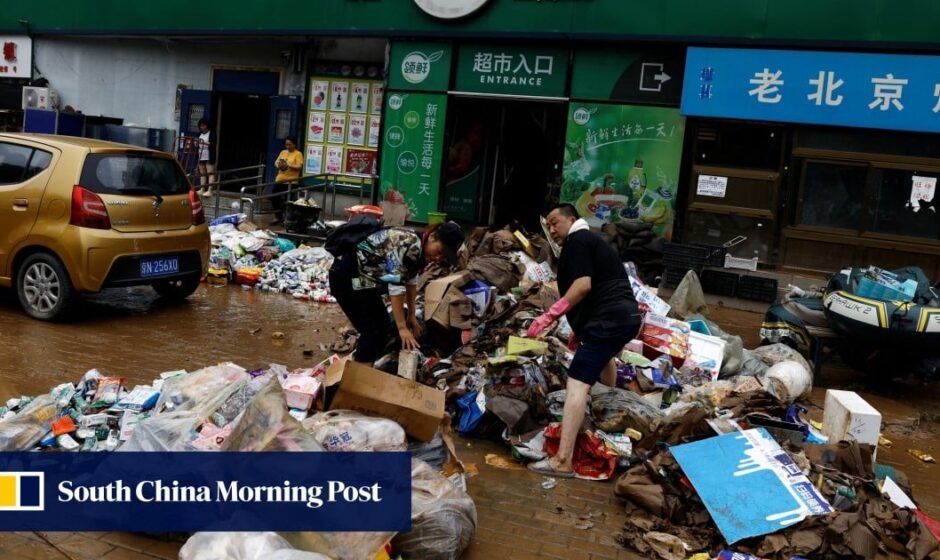Insurance experts predict that China could experience strong growth in catastrophe bonds, also known as cat bonds, as policymakers look for more financial tools to mitigate the risks of natural disasters. The increasing frequency and severity of floods and typhoons due to climate change have prompted the need for such instruments. Cat bonds could help China develop a multi-layer risk-transfer mechanism, combining traditional insurance products, government subsidies, and cat bonds, to enhance the country’s post-disaster risk financing capabilities for disaster relief and reconstruction.
Tonat Belhassen, the head of non-life at Munich Re’s Beijing branch, stated that there are already promising developments in cat bonds in China. While Hong Kong has become a hub for cat bonds, Chinese firms are also showing growing interest in this financial tool.
Cat bonds are a type of insurance-linked securities (ILS) typically sold by insurers or reinsurers to share the risks associated with natural disasters. In 2023, the global issuance of cat bonds reached a record high of US$15 billion, indicating strong investor interest and a growing demand for risk transfer from significant natural catastrophes, according to Swiss Re.
Hong Kong has emerged as a significant center for cat bonds in recent years. China Reinsurance Group issued a US$30 million cat bond in Hong Kong in October 2021, becoming the city’s first-ever ILS sold in the region to provide protection against typhoons in mainland China. Hong Kong’s stock exchange also debuted its first locally listed cat bond worth US$350 million, issued by the World Bank to offer protection against earthquake risks in Chile over the next three years.
The Chinese government is promoting Shanghai’s Lingang free-trade zone as the country’s reinsurance hub. It launched an international board for reinsurance trading in Lingang last June, with a focus on improving capital replenishment mechanisms for dispersing catastrophe risks and special risks.
Given China’s vulnerability to natural disasters like floods and typhoons, introducing more market tools to alleviate the financial pressure on insurers, reinsurers, and the government is crucial. Yu Xiaodong, CEO of Taiping Reinsurance, highlighted the significant losses borne by insurance and reinsurance companies with each catastrophic event and emphasized the need for access to the capital markets beyond traditional reinsurance arrangements.
Cat bonds can help insurers and reinsurers increase their capacity and improve their risk tolerance, leading to greater accessibility of insurance for the general public, according to Lu Qin, CEO of Aon Greater China.
Asia-Pacific countries have experienced an average of six natural disasters per year over the past three decades, twice as many as developing countries in Latin America and the Caribbean, as per United Nations data.
Typhoon Doksuri, which caused severe flooding across China in 2023, was one of the costliest natural disasters globally, resulting in US$25 billion in economic losses. However, only about 5% of disaster-related economic losses in China were insured, significantly below the global average of 38%, according to Munich Re.
While cat bonds show robust growth potential in China, increasing insurance adoption remains a pressing issue. Munich Re’s Belhassen emphasized the need to tap into the untapped potential of traditional insurance capacities in China and bridge the coverage gap through primary insurance companies and reinsurance firms.
Overall, the development of cat bonds and the expansion of insurance adoption in China can play a crucial role in managing the financial risks associated with natural disasters and enhancing the country’s resilience in post-disaster recovery and reconstruction efforts.




